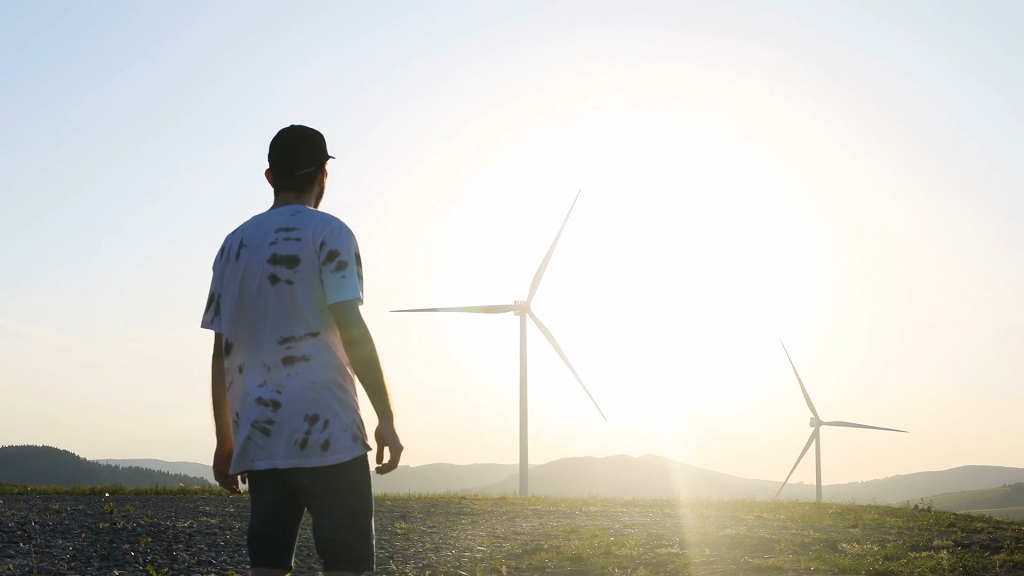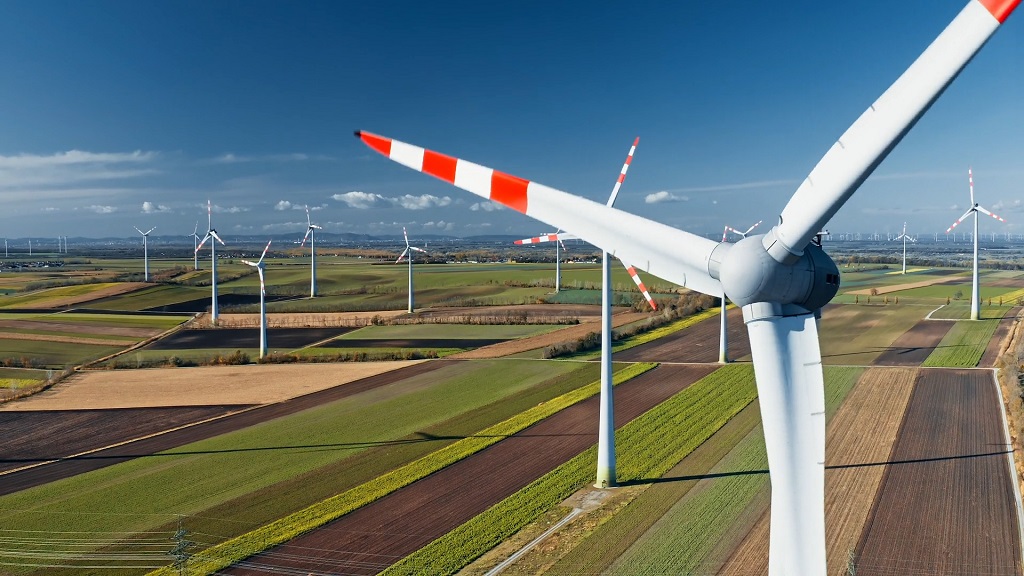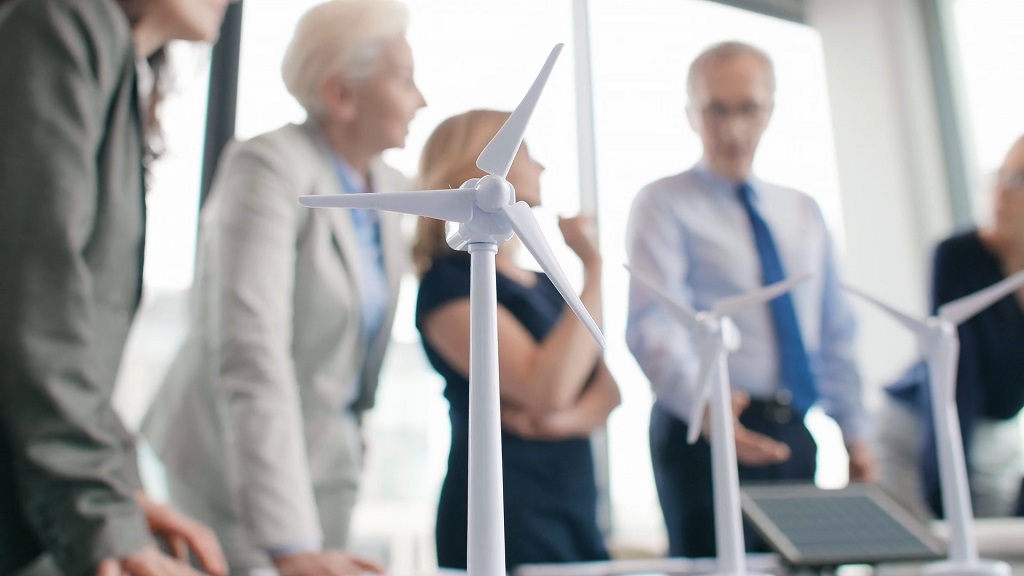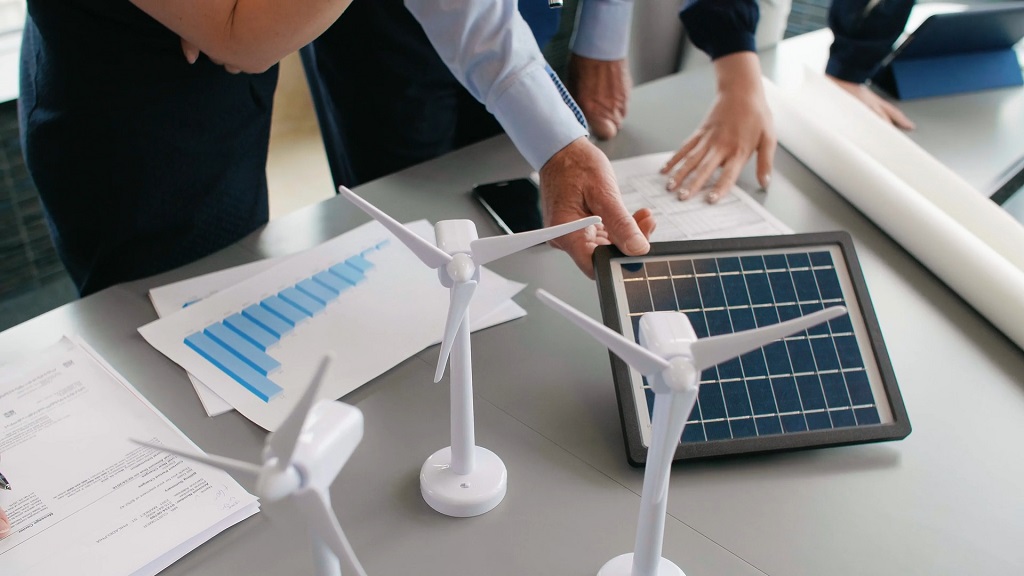If you run a business in 2025, there’s a good chance you’ve already had the sustainability conversation. Maybe with your board, maybe with a new client asking pointed ESG questions, or maybe while reviewing your monthly energy bill and wondering why it keeps swinging up and down like a yo-yo.
Either way, the shift toward renewable energy is no longer just a noble ambition—it’s a practical, cost-effective decision. Done right, it cuts costs, improves your brand’s reputation, meets emerging regulations, and shields you from the chaotic pricing of fossil fuels.
So, how do you actually pull it off, especially if you’re not a multinational with a dedicated climate team? That’s where smart strategy comes in.
Key Points
- Renewable energy is now a cost-saving, strategic business move, not just an ethical one.
- Start with a sustainability audit and set measurable goals like sourcing 50% renewable electricity by a target year.
- Choose your approach based on location, size, and budget, using options like PPAs, RECs, or community solar.
- Track and report progress publicly to build trust, attract ESG-minded investors, and boost brand value.
Why Renewable Energy Makes Business Sense Now

Let’s talk numbers before anything else.
According to a Researchgate study, from 2010 to 2020, solar PV costs fell by 85%. Onshore wind dropped 56%. And while the initial install sticker price might still give you pause, those upfront costs are now offset by dramatic long-term savings and predictability.
Unlike fossil fuel prices, which jump with every geopolitical shake-up, renewables stay steady.
For example, Power Purchase Agreements (PPAs) let businesses lock in energy prices for years, no more sweating over oil price spikes or utility rate hikes. That kind of stability isn’t just comforting—it’s strategic.
And there’s more. Consumer expectations have shifted. Employees too. Companies that move early on clean energy aren’t just cutting emissions; they’re signaling leadership.
They’re attracting eco-conscious clients, winning bids that include sustainability scoring, and landing talent who care about climate action.
Building a Smart Renewable Energy Strategy from the Ground Up
1. Start With a Sustainability Audit
Think of it as checking your business’s energy health.
A sustainability audit digs into how much energy you’re using, where it’s coming from, what it’s costing you, and what kind of emissions it’s generating. It might turn up surprises—like a facility with outdated lighting that spikes your consumption, or inefficient HVAC systems working overtime.
For many companies, this process also extends to digital infrastructure, reviewing data centres, networking equipment, and connected devices that quietly draw significant power. Partnering with IT specialists such as Rhino Networks can help identify inefficiencies in network systems, modernise hardware, and optimise connectivity for lower energy use, all valuable steps toward greener operations.
The point is to map out your baseline so you can identify where renewables could make the biggest impact. And don’t stop at electricity – look at waste, water, transportation, and supply chain practices too. The more you see, the better you can act.
2. Set Goals You Can Actually Track
Vague aspirations like “go green” won’t cut it.
Instead, go for specific, measurable goals with clear timelines. A few strong examples:
- Source 50% of electricity from renewables by 2027
- Cut Scope 1 and 2 emissions by 30% by 2030
- Hit net-zero by 2050 across all operations
Consider joining RE100—a global initiative of over 400 companies committed to 100% renewable electricity. Not only does it provide structure, but it also connects you with industry leaders doing the same work.
3. Explore Your Options Based on Location and Needs

Your strategy will depend heavily on where you operate, how much energy you use, and what resources you have access to.
For example:
- A company in Arizona might look to rooftop solar due to abundant sunlight.
- A data center in the Midwest could benefit from a wind power PPA.
- An urban office might tap into community solar or utility green tariffs.
Use tools like the Climate Policy Tracker to figure out what local regulations or incentives might affect your cost or setup. And don’t forget to factor in future growth—you’ll want a solution that scales with you.
4. Choose the Right Procurement Method
There’s no one-size-fits-all approach here. Below is a breakdown to help make sense of your options:
| Method | What It Is | Pros | Watch Outs | Best For |
| Onsite Generation | Solar panels, wind turbines, etc. installed at your facility | Long-term savings, visible sustainability | Upfront cost, space required | Businesses with campuses or warehouses |
| Power Purchase Agreements (PPAs) | Long-term contracts to buy energy from a project | Fixed pricing, supports new projects | Complex contracts, long commitment | Medium to large businesses |
| Renewable Energy Certificates (RECs) | Credits representing 1 MWh of renewable energy | Flexible, easy to implement | May lack additionality | Companies in limited-energy markets |
| Utility Green Power | Renewable energy via your utility | Easy and fast to set up | Often costs more per kWh | Small businesses or leased offices |
| Community Solar | Shared solar subscriptions for credit | No infrastructure needed | Limited availability | Urban firms or renters |
| Self-Financed Projects | Fully owned renewable energy assets | Maximum savings, revenue potential | High initial cost, technical complexity | Large firms with capital and control |
5. Execute with the Right Partners

Implementation is where many businesses get stuck—not for lack of will, but lack of technical know-how. This is where energy consultants, project developers, legal advisors, and strong safety practices, like renewable energy safety tips, can save you from costly mistakes.
For example, PPAs involve careful contract negotiations, sometimes over 15 to 25 years. You’ll want guidance to navigate rate structures, performance guarantees, and legal compliance.
And when installing solar onsite? Site assessments, permits, grid interconnections—it’s a lot to juggle. But with the right experts, it becomes manageable.
6. Track Results and Report Them Publicly
Progress without proof doesn’t move the needle.
Set KPIs like:
- Percentage of energy from renewables
- Year-over-year emissions reduction
- Cost savings from switching sources
Use these to track progress quarterly or annually. Tools like energy dashboards or emissions calculators can make this easier.
And here’s the big one: report your progress publicly. Not only does this build trust, but it also meets the expectations of ESG investors and regulators. Companies like Adobe publish detailed annual reports on their emissions and renewable efforts—and the transparency pays off.
7. Collaborate with Others for Bigger Impact

You don’t have to go it alone.
Joining initiatives like RE100 or the Renewable Energy Buyers Alliance (REBA) gives you access to shared knowledge, aggregated buying power, and support from peers.
Consider aggregate PPAs. These let multiple businesses pool demand to support a new renewable project. It’s a great option for mid-sized businesses that can’t meet the scale of a full PPA alone. AkzoNobel, Google, Philips, and DSM did this in the Netherlands to co-finance wind power—proof that teamwork accelerates progress.
Case Studies – What Smart Strategy Looks Like
Adobe
Adobe is aiming for 100% renewable electricity by 2035, as per their official website. They’ve secured PPAs for wind energy in Nebraska and solar in Bangalore, India.
More importantly, they avoid unbundled RECs, focusing on procurement methods that genuinely add new renewable energy to the grid. They’re not just talking the talk—they’re reshaping how corporate sustainability is done.
View this post on Instagram
Google hit its 100% renewable energy target back in 2017 and keeps going, as per Google Sustainability. Their model uses a mix of onsite generation, PPAs, and RECs—but with a heavy focus on additionality.
They invest in projects that wouldn’t happen otherwise. And they’re working toward 24/7 carbon-free energy at every location, not just an annual net.
What’s “Additionality” and Why Should You Care?

In simple terms, additionality means your energy purchase leads to new renewable generation. It’s the difference between buying credits from an old hydro plant versus funding a brand-new solar farm.
Want to do it right?
- Prioritize PPAs over unbundled RECs.
- Choose RECs from projects commissioned in the last 15 years.
- Check RE100’s updated 2023 guidance on credible sourcing.
If you’re putting money into renewables, make sure it actually helps expand clean energy—don’t just check a box.
The Financial Advantage Is Growing
Corporate renewable energy buying hit record levels in 2023—46 gigawatts of new wind and solar contracts, led by Amazon at 34 GW. That’s not just good PR. That’s long-term price stability.
And governments are getting in on the action too. Incentives like the U.S. Business Energy Investment Tax Credit help reduce upfront costs, sometimes covering up to 30% of project expenses. Depending on your region, you might also find grants, rebates, or carbon credit markets that sweeten the deal.
Wrapping It Up
Going renewable isn’t just for the Teslas and the Adobes of the world anymore. It’s accessible, scalable, and increasingly expected. If you’re running a business today, clean energy should be a core part of your growth strategy, not a side project.
Here’s the smart way to do it:
- Start with data: audit your current footprint
- Set bold but achievable goals
- Match your energy needs with the right solution
- Pick the procurement method that fits your size and budget
- Work with experienced partners
- Track, report, and iterate
- And when possible, work together
You don’t need to overhaul your entire operation overnight. But you do need to start somewhere, and starting smart makes all the difference.

